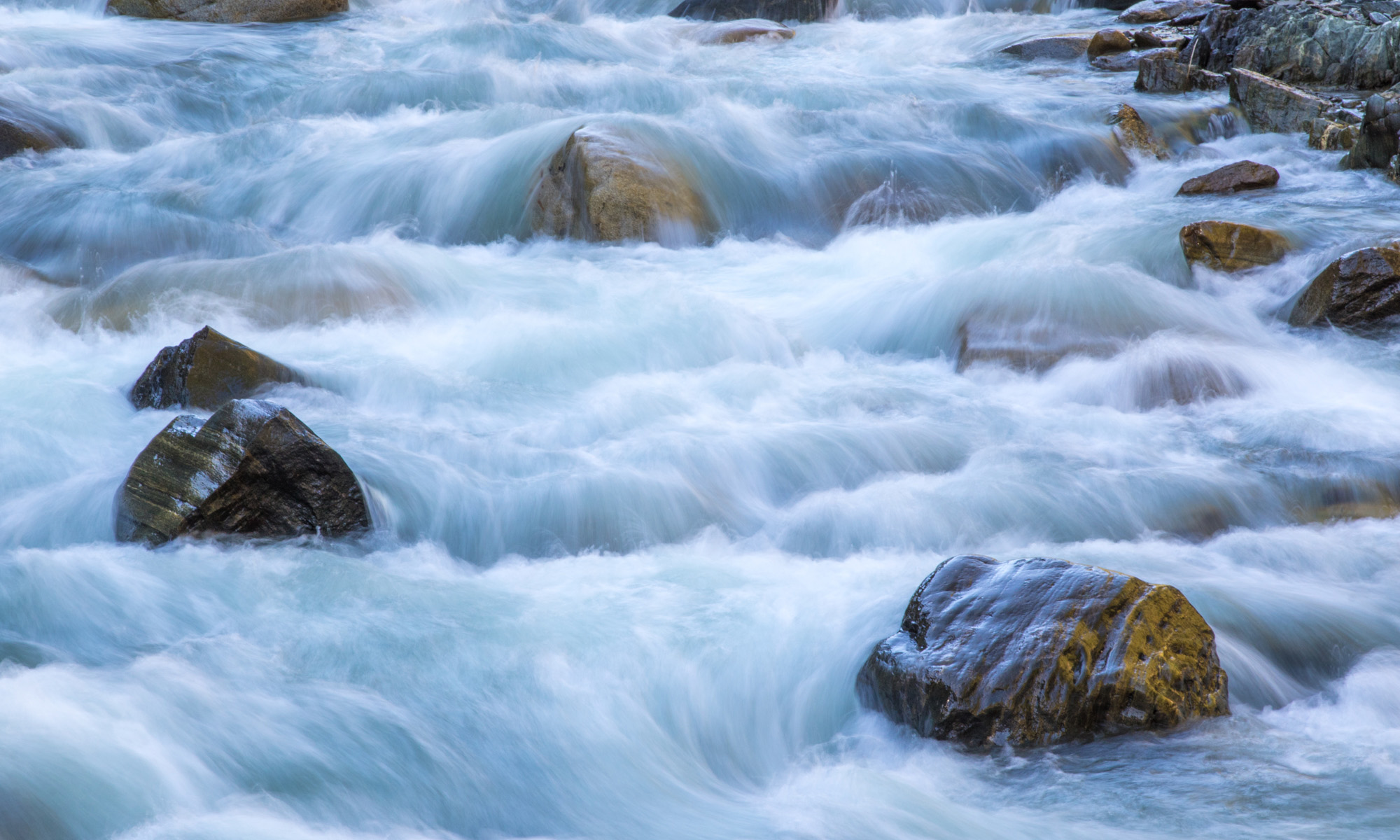Today’s Question: You’ve talked about a technique for improving automatic sky masks by intersecting two sky masks together. Can this technique be used in Photoshop with a layer mask?
Tim’s Quick Answer: Yes, you can intersect masks in Photoshop in a way that is similar (though not as simple) as what is possible in Lightroom Classic and Camera Raw.
More Detail: In many cases if you intersect an automatic sky mask with a second automatic sky mask in Lightroom Classic or Camera Raw, the result is an improved mask. This is a result of tightening up the edge of the mask to reduce the amount of blending into non-sky areas for the adjustment you’re applying.
If you’re working in Photoshop rather than Camera Raw, you can perform a similar process by intersecting saved selections.
To get started, open an image that features a sky and choose Select > Sky from the menu. Then go to the menu again and choose Select > Save Selection. Enter a meaningful name for the selection and click the OK button. With the selection still active, go to the menu and choose Select > Save Selection one more time. This time, choose the saved selection from the Channel popup and then choose “Intersect with Channel” from the Operation option buttons. Click OK and the selection of the sky will be intersected with the saved selection. To load that updated selection choose Select > Load Selection from the menu, and choose the applicable saved selection from the Channel popup and click the OK button.
Note, by the way, that in many cases you can achieve similar results by creating a layer mask based on a sky selection and increasing the Contrast setting for the mask. To do so, select the applicable layer mask on the Layers panel and click the “Select and Mask” button on the Properties panel. Then increase the value for the Contrast slider on the Properties panel in Select and Mask mode, which will tighten up the blending along the feathered edge of the layer mask.

